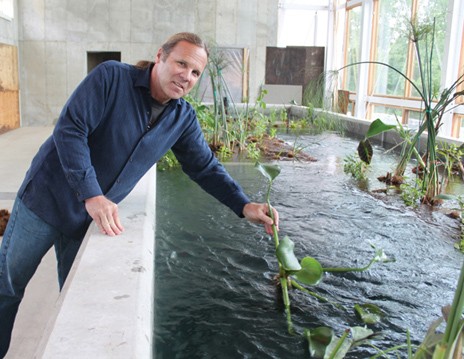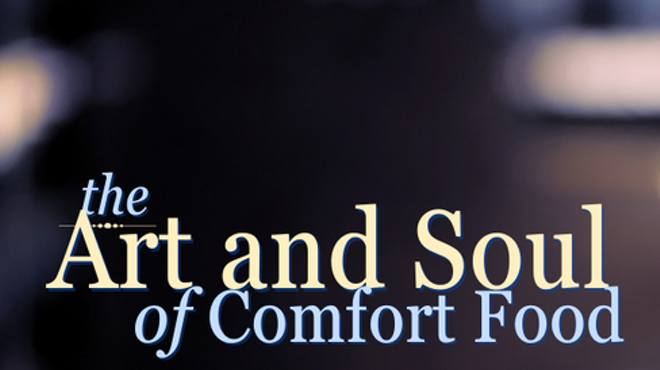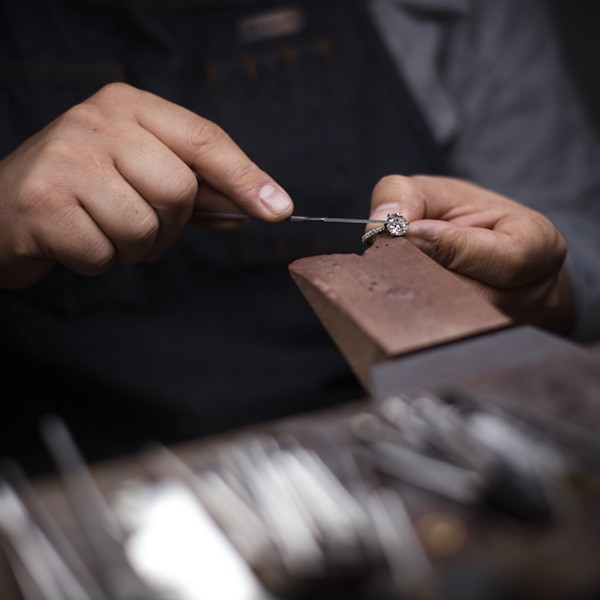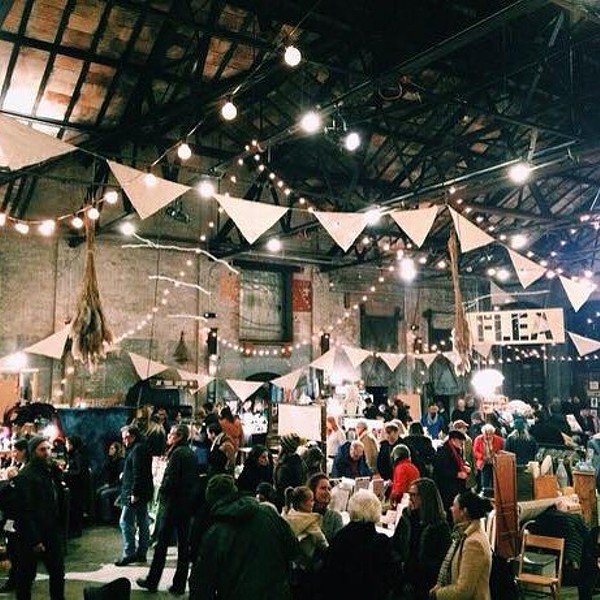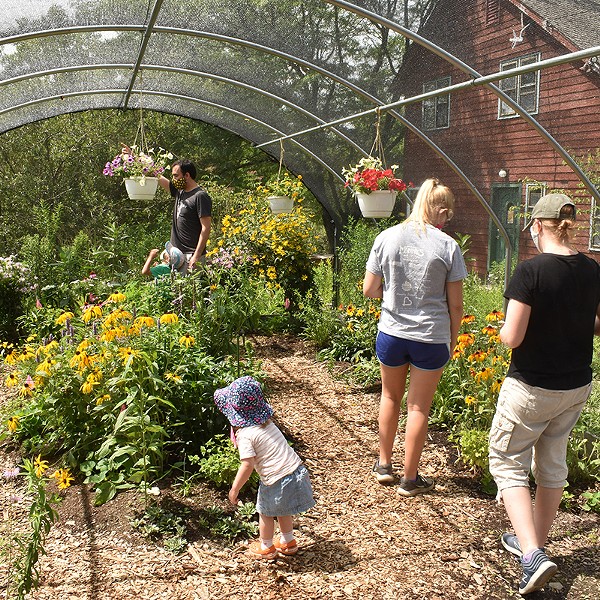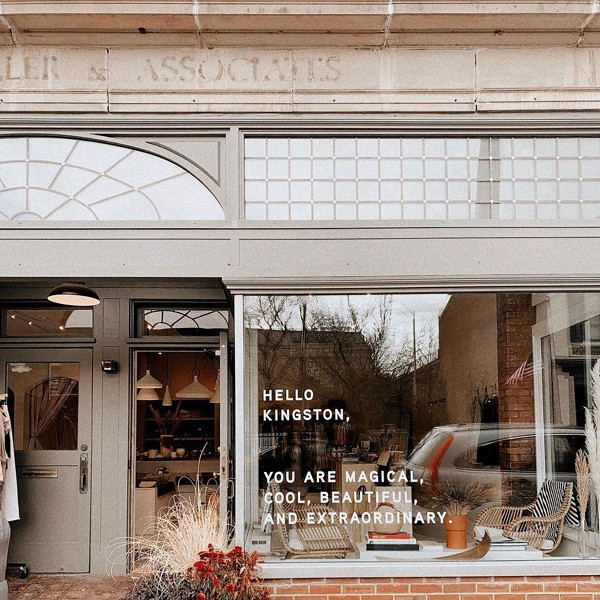Omega Institute of Rhinebeck is responding to the worldwide water crisis—in which one billion people currently have no access to clean water—by demonstrating via an innovative new living building how we can protect the less than 1 percent of fresh water currently left here on Earth.
The Omega Institute for Sustainable Living’s grand opening on July 16 represents a milestone in Executive Director Skip Backus’s environmental leadership of the past 25 years. OSCL will purify and reuse all five million gallons of Omega’s wastewater that the site generates every year.
Naturally intrigued with how things work, Backus says he “loved to take things apart” as a youngster. Also entrepreneurial, he operated his own residential and commercial construction company before he joined Omega. He compares the self-sustaining organisms that purify the water in OCSL’s Eco-Machine to a self-sustaining human community, and explains how nature can teach us to live in a state of harmony and balance between organic and constructed environments.
OSCL meshes with Omega’s more than 350 workshops focusing on holistic and sustainable living and engage 23,000 participants per year in seminars promoting community building. As a major new education center with both outdoor and indoor classrooms and laboratory, OSCL has been called one of the greenest buildings in the world, and it will be the stage for Omega’s upcoming environmental sustainability workshops.
Backus says that OCSL is on track for LEED (Leadership in Energy and Environmental Design) platinum status, the highest of four rankings. Designed by John Todd Ecological Design, winner of the 2008 Buckminster Fuller challenge award, OCSL’s Eco-Machine will generate all its own energy, heat and cool the building via geothermal systems, use solar and photovoltaic power, and collect and utilize rainwater. It is completely pollution free and carbon neutral. “OSCL represents Omega’s 30-plus years of commitment to modeling an integrated way of looking at the world and our place in it,” says Backus.
There will be an opening ceremony for the OSCL on July 16 at 3:30pm in connection with Omega’s first annual benefit celebration. (845) 266-4444, ext. 470; www.eomega.org.
The Living Building Challenge asks us to imagine a building that is informed by its eco-region’s characteristics, generates all its own energy with renewable resources, captures and treats all its water, and operates efficiently and with maximum beauty. It asks us to think beyond what the green building industry has defined as possible to an integrated building process that redefines how we think of sustainability. The Living Building Challenge is comprised of six performance areas: Site, Energy, Materials, Water, Indoor Quality, and Beauty and Inspiration, plus 16 additional prerequisites that must be met within those six areas.
Describe the Eco-Machine’s water filtration process.
The Eco-Machine is a natural wastewater treatment system that cleans water by mimicking the processes of nutrient exchanges seen in natural ecologies. The treatment process begins in the anaerobic tanks, where microbial organisms begin to break down the waste. Wastewater is then pumped into the constructed wetland, where plants and bacteria metabolize the waste. The wetlands then dose a series of aquatic cells within a greenhouse, where plant roots suspended into the water provide surface area for beneficial bacteria to break down the remaining nutrients, clarifying and polishing the water. Within the Eco-Machine, all the major groups of life are represented, including microscopic algae, fungi, bacteria, protozoa, and zooplankton, on upward to snails, clams, and fishes. Clarified water from the treatment lagoons is then further polished by a recirculating sand filter. This final step removes remnant nutrients and particulates. The Eco-Machine is a safe, odor-free, and sustainable method of treating water.
How will you manage the growth of the various life forms that live in the Eco-Machine?
Specific plant species and bacterial regimes are chosen, based on biological characteristics suited for the removal of pollutants and nutrients within wastewater as well as through ecological research into the use of natural systems for wastewater treatment. We rely on insight gained through years of experiencing how these systems mature and self organize. During the system ramp-up, the planted aquatic cells and wetlands are inoculated with bacteria and often collected from local wetlands. Once the ecologies within the Eco-Machine stabilize, they are largely self-sustaining and resilient to shifts in their direct environment. Routine maintenance includes plant trimming and thinning, which also provides aesthetic flower cuttings.
What can each of us do locally to make a difference with our pressing environmental challenges? Are you concerned that the alarm bell is not being sounded loudly enough?
Look at how large your individual carbon footprint is and work to reduce it. My concern is not so much that the alarm bell is not being sounded loudly enough but rather that it is not a deep enough tone. While all the things we can do in our homes are important, like using compact fluorescent bulbs, buying locally, recycling, and weatherization, I believe that it will take a much more primal adjustment to turn around where we are. If we buy a hybrid automobile but don’t look at how much we need to drive then we are really just looking at one side of the coin. How large a house do we need, even if it is totally weatherized? “Be the change” is an easy statement to make but it is much more difficult once you really start to dig in. We must balance our individual needs to be in alignment with the needs of the greater community.
How has Omega raised money to construct this phenomenal structure? How much will it cost to build, and how much more funding do you need?
The total budget to build the Omega Center for Sustainable Living is about $3 million. It’s a lot more than you’d pay for a septic system, but it’s so much more than that. We are incredibly grateful that we’ve already received $1.5 million in contributions from generous individuals and foundations, as well as $100,000 from the Dutchess County Industrial Development Agency (DCIDA). Funding the last $l.5 million is vital to us—we very much need people who share this vision of a sustainable world to step forward. Every dollar helps to emphasize this is an environmental model that can be replicated locally and globally.







